Table of Contents
In this article we’re discussing the 2023 Razer Blade updates, the Razer Blade 16 and the Razer Blade 18.
Over the last many years, Razer made some of the best premium performance thin-and-light laptops available on the market with their Blade lineups (and we’ve covered most of them in our past reviews). Pristine build quality and a balanced set of features and specs put these on the map of many enthusiast buyers with a thick wallet, as these were always among the most expensive Windows notebooks available.
For the 2023 models, though, Razer took a slightly different approach with these Blade 16 and Blade 18 updates. They’re still excellently made and expensive, but these finally offer 16:10 displays and powerful implementations of the latest Intel + Nvidia hardware. However, as a result, these Blades have also gained a fair bit in thickness and especially in weight in comparison to their predecessors.
Thus, the 2023 Blades are no longer competing against other lightweight performance/gaming laptops, but rather against the full-size options with uncompromised performance, such as the Lenovo Legion Pro 7, the Alienware m16/m18, or the Asus ROG Scar 16/18 lineups.
Down below you’ll find specs sheets of these 2023 Razer Blades alongside the 2022 models, as well as further details on the important changes of each variant.
Update: Here’s our detailed review of the 2023 Razer Blade 16 series. And here is our detailed review of the larger Razer Blade 18 model.
And here are some images of these two 2023 models side by side (source: Engadget.com)
Razer Blade 16 (2023), vs. Blade 15 (2022)
| Razer Blade 16, early-2023 – review | Razer Blade 15, early-2022 – review | |
| Screen | 16 inch, 16:10 format, QHD+ IPS 240 Hz 3ms with 100% DCI-P3, 500-nits, matte dual-spec miniLED UHD 120Hz / FHD 240Hz 3ms with 100% DCI-P3, 600-nits SDR, matte |
15.6 inch, 16:9, multiple choices including FHD IPS 360 Hz 2ms with 100% sRGB, matte QHD IPS 240 Hz 3ms with 100% DCI-P3, matte QHD OLED 240 Hz 1ms with 100% DCI-P3, glossy |
| Processor | Intel 13th Gen Raptor Lake, up to i9-13950HX CPU, 24C (8PC+16Ec)/32T, up to 5.5 GHz max Turbo |
Intel 12th Gen Alder Lake, up to i9-12900H CPU, 14C/20T |
| Video | Intel UHD and up to NVIDIA GeForce RTX 4090 16GB (175W with Dyn Boost) with MUX, Advanced Optimus, and GSync |
Intel UHD and up to NVIDIA GeForce RTX 3080Ti 16GB (90-105W with Dyn Boost) with MUX, Advanced Optimus, and GSync on QHD options |
| Memory | up to 32 GB DDR5-5600 or 64 GB DDR5-5200 (2× DIMMs) | up to 64 GB DDR5-4800 (2× DIMMs) |
| Storage | 2x M.2 PCIe gen4 2280 slots | dual M.2 PCIe gen4 slots – stacked, thus single-side SSD formats only |
| Connectivity | WiFi 6E (Intel AX211) and Bluetooth 5.2 | WiFi 6E and Bluetooth 5.2 |
| Ports | 3x USB-A 3.2 gen2, 1x USB-C with Thunderbolt 4 (with data, DP, PD 3.0 ), 1x USB-C 3.2 gen2 (with data, DP, PD 3.0), HDMI 2.1, mic/earphone, UHS-II SD card reader, K-Lock, DC-In | 3x USB-A 3.2 gen2, 1x USB-C with Thunderbolt 4 (with PD 3.0 ), 1x USB-C 3.2, HDMI 2.1, mic/earphone, UHS-II SD card reader, K-Lock, DC-In |
| Battery | 95.6 Wh, up to 330 W charger, USB-C power up to 100W | 80 Wh, 230 W charger |
| Size | 356 mm or 13.99” (w) x 244 mm or 9.61” (d) x from 21.9 mm or .86” (h) | 355 mm or 13.98” (w) x 235 mm or 9.25” (d) x 16.9 mm or .67” (h) |
| Weight | from 2.45 kg (5.4 lbs) | from 2 kg (4.4 lbs) |
| Extras | per-key RGB keyboard, larger glass touchpad, Windows Hello 2 MPx webcam with shutter and 2x mic array, updated dual-fan vapor chamber cooling, up-firing 4x speakers, Anodized Black color | updated per-key RGB keyboard, Windows Hello FHD f/2.0 webcam, dual-fan vapor chamber cooling, up-firing stereo speakers |
| Price | from $2699 for 4060 model | from $2499 for 3060 model |
The Razer Blade 16 is the mainstream mid-sized 2023 model.
The premium feel and build quality of the chassis CNC-milled from a single block of aluminum hasn’t changed, and nor have the looks of the black anodized matte finishing. This is supposed to resist scratches and fend-off smudges better than other dark metals, but I would adjust my expectations realistically, based on our impressions of this finishing on the previous Blade 15 generation.
Speaking of, the 2023 Razer Blade 16 is still compact for a 16-inch laptop, only a little deeper in footprint than the Blade 15 2022, but at the same time noticeably thicker and heavier. The video down below, from Engadget, briefly illustrates the two generations side by side.
At 22+ mm and 2.5 kilos now, this is no longer a thin-and-light performance laptop, but rather a premium full-size computer, about the same weight as an Alienware m16 or Alienware x16, an Asus ROG Scar 16, or an MSI Raider GE68, but still more compact than those. Furthermore, this is still smaller by a few mm and lighter than the 2023 update of the Lenovo Legion Pro 7 16-incher.
Will this increase in thickness and weight deter previous Blade buyers towards a lighter option?
Perhaps, but at the same time, it’s important to acknowledge that the 2023 Blade 16 offers a larger 16-inch display now and is significantly more powerful than the previous generations, and this important aspect will attract other segments of buyers that previously dismissed the Blades due to their only mid-power hardware implementations.
The bezels around the display are tiny on this laptop, smaller than on most other 16-inch laptops out there. As for the offered panels, there are two to choose between, both with a matte finish:
- QHD+ IPS 240Hz 3ms with 100% DCI-P3, 500-nits;
- dual-spec miniLED UHD+ 120Hz / FHD+ 240Hz 3ms with 100% DCI-P3, 600-nits SDR, 1000-nits HDR.
The latter is most likely reserved for the 4090 versions of this laptop, and is somewhat similar to the dual-spec panel previously experienced on the 2022 ROG Zephyrus Duo 16, as it allows choosing between two modes: full 4K resolution for daily use and creator work, or FHD+ resolution with 240Hz refresh times for gaming. The software maps 4 pixels into 1 in this mode, eliminating the fuzziness that you’d normally have to accept when using regular panels at lower than default resolution.
This is, however, a mini LED panel, with 1000 nits of max HDR brightness (but 600-nits SDR) and better contrast than on the regular IPS panels. The exact amount of dimming zones is still unclear at this point, as well as whether Razer offer a multi-zone and single-zone backlighting setting, which would make a difference when using the laptop for any sort of creative color-accurate work.
Razer Blade 16 hardware and cooling
As far as the specs go, the 2023 Blade 16 can be configured up to an Intel Core i9-13950HX processor, one of the fastest mobile CPUs in the 2023 Intel 13th-gen Raptor Lake platform. It’s a hybrid design with 8PCores and 16 ECores, 32 combined Treads, and up to 5.5 GHz Turbo speeds. This runs at significantly higher sustained power than on the previous Blade 15 implementation – exact details were not yet provided, but I’d reckon a sustained TDP of around 100W.
On the GPU side, this goes up to an Nvidia RTX 4090 dGPU running at up to 175W TGP with Dynamic Boost. In comparison, the 2023 Blade 15 implements up to an RTX 3080Ti 120W, hence the power difference between generations is massive and should translate into significant performance gains. Details on the crossload CPU + GPU power settings are not yet available, but we’ll discover them in our future reviews.
The other specs include support for up to 64 GB DDR5 memory (with 2x DIMMs), 4 TB of SSD storage (with 2x gen4 M.2 2280 slots) and a 95Wh battery, an update of the 80Wh battery in the previous Blade. I will mention that dual-stacked SSDs are compatible with this Blade generation, while the previous one used a stacked SSD layout that could only accommodate single-stacked drives. Hence, the Blade 16 supports higher-capacity SSDs.
Of course, a beefy thermal module is required to keep these components at bay. Razer haven’t provided exact details on their internal design, but the cooling module is still dual-fan quad-exhaust with a beefy vapor chamber (and maybe liquid metal? – to be clarified). The image down below further showcases extra intake vents around the back of the D-panel, behind the rubber feet, which were not available with the previous Blade 15.
As for other details on this Blade 16 worth mentioning, here’s a quick summary:
- the overall shape and design language remain consistent with past Blade generations, with the backlit Razer logo on the lid and otherwise minimal Razer branding elements;
- there’s still a centered keyboard with per-key RGB control in the Razer Synapse app. It’s a 1 mm implementation;
- a very spacious glass clickpad is implemented underneath, centered on the chassis;
- the IO hasn’t changed, and includes around the right and left edges all the ports that you would need on this sort of laptop (except for a LAN port);
- the audio system has been updated, with 4x speakers now on this 16-inch model (2x tweeters, 2x woofers);
- there’s still a 2MPx camera with IR, placed at the top of the screen, and a 2-mic array;
- Razer updated the power bricks for the 2023 Blade, which are now GAN chargers and compact for their capacity of 280W and 330W on these updates.
I find it weird that Razer implemented a 1.0 mm keyboard design on this Bklade 16, and I look forward to giving it a try in real use, as I fear this might be an antagonizing feature for such a full-size laptop. And maybe even a deal breaker…
Razer Blade 18 (2023), vs. Blade 17 (2022)
| Razer Blade 18, early-2023 – review | Razer Blade 17, early-2022 | |
| Screen | 18 inch, 16:10 format, QHD+ IPS 240 Hz 3ms with 100% DCI-P3, 500-nits, matte |
17.3 inch, 16:9, multiple choices including FHD 360 Hz with 100% sRGB, matte QHD 240Hz with 100% DCI-P3, matte UHD 120 Hz with 100% AdobeRGB, touch |
| Processor | Intel 13th Gen Raptor Lake, up to i9-13980HX CPU, 24C (8PC+16Ec)/32T, up to 5.6 GHz max Turbo |
Intel 12th Gen Alder Lake, up to i9-12900H CPU, 14C/20T |
| Video | Intel UHD and up to NVIDIA GeForce RTX 4090 16GB (175W with Dyn Boost) with MUX, Advanced Optimus, and GSync |
Intel UHD and up to NVIDIA GeForce RTX 3080Ti 16GB (130W with Dyn Boost) with MUX, Advanced Optimus, and GSync on QHD options |
| Memory | up to 32 GB DDR5-5600 or 64 GB DDR5-5200 (2× DIMMs) | up to 64 GB DDR5-4800 (2× DIMMs) |
| Storage | 2x M.2 PCIe gen4 2280 slots (support for dual-side formats) | dual M.2 PCIe gen4 slots – stacked, thus single side SSD formats only |
| Connectivity | WiFi 6E (Intel AX211) and Bluetooth 5.3, 2.5Gb Ethernet | WiFi 6E and Bluetooth 5.2 |
| Ports | 3x USB-A 3.2 gen2, 1x USB-C with Thunderbolt 4 (with data, DP, PD 3.0 ), 1x USB-C 3.2 gen2 (with data, DP, PD 3.0), HDMI 2.1, mic/earphone, UHS-II SD card reader, K-Lock, DC-In | 3x USB-A 3.2 gen2, 1x USB-C with Thunderbolt 4 (with PD 3.0 ), 1x USB-C 3.2, HDMI 2.1, mic/earphone, UHS-II SD card reader, K-Lock, DC-In |
| Battery | 91.7 Wh , up to 330 W charger, USB-C power up to 100W | 82 Wh, 230 W charger |
| Size | 399 mm or 15.74” (w) x 275 mm or 10.84” (d) x from 21.9 mm or .86” (h) | 395 mm or 15.55” (w) x 260 mm or 10.24” (d) x 19.9 mm or .78” (h) |
| Weight | from 3.2 kg (7.05 lbs) | from 2.75 kg (6.1 lbs) |
| Extras | per-key RGB keyboard, larger glass touchpad, Windows Hello 5 MPx webcam, updated tri-fan vapor chamber cooling, 6x speakers, Anodized Black color | updated per-key RGB keyboard, Windows Hello FHD f/2.0 webcam, up-firing 8x speaker system |
| Price | from $2799 for 4060 model | from $2599 for 3060 model |
The Razer Blade 18 is the larger and slightly more powerful offer in the 2023 Razer lineup.
Just as in the past, the bigger Blade member is mostly identical in design and functionality to the mid-sized Blade 16. They share the same build and aesthetic lines, almost the same inputs and IO, and are identical in ergonomics.
However, the keyboard is a slightly different implementation with 1.1 mm of stroke depth (still shallow for a full-size laptop, though), and there is an extra LAN port on this model that is not available on the Blade 16.
Those aside, Razer offers a few other extras on this Blade 18, though, such as an updated 5MPx camera with IR at the top of the display, and a 6x audio system, with 2x tweeters flanking the keyboard and 4x woofers on the bottom of the laptop.
Furthermore, the Blade 18 is obviously larger and heavier than the Blade 16, as shown in the previous video and images. It’s also larger and heavier than the previous Blade 17 model from 2022 (7+ lbs vs 6+ lbs). Thus, this is now a full-size performance laptop competing against the other 18-inch options out there.
As far as the display goes, there’s no miniLED panel option for this 18-inch model, but only a regular IPS with 16:10 format, QHD+ 2560 x 1600 px resolution, 100% DCI-P3 color coverage, 500-nits of brightness, and 240Hz 3ms gaming specs. It’s a good panel, just not as bright or as technologically advanced as the miniLED panel in the Blade 16 (and other 16-inch 2023 notebooks).
Razer Blade 18 hardware and cooling
The Blade 18 runs on the same Intel HX + RTX 4000 hardware platform that’s also offered on the Blade 16, but with a few differences.
For starters, on the CPU side, this can be specced with the 13th-gen Intel Core i9-13980HX processor, the most powerful option in the Raptor Lake 2023 platform. It’s similar to the i9-13950HX in the Blade 16, with the same 24C/32T hybrid design, but with Turbo Clocks of up to 5.6 GHz.
Furthermore, Razer mentions that they are running the i9-13980HX at 120W sustained in the Blade 18, which is higher than the i9-13950HX runs on the 16-inch model. From what we can tell right now, though, there are higher-powered implementations of the i9-13980HX in a few other 17 and 18-inch full-size laptops.
On the GPU side, the Blade 18 is available in RTX 4060 140W, RTX 4070 140W, RTX 4080 175W, or RTX 4090 175W variants. These options are identical to the Blade 16, and so is the rest of the motherboard layout with the 2x RAM slots and 2x SSDs.
This 18-inch Blade gets a slightly different cooling module, though, with two-fans quad-radiators and a large vapor chamber in the top part of the chassis, but also an extra fan further down, at the battery level. This design carries on from the previous Blade 17 and the extra fan is meant to pull in extra air into the chassis and over the vapor chamber, helping the overall cooling capacity and reducing the perceived temperatures around the keyboard/touchpad areas.
As a result of this third fan, though, the battery on the Blade 18 is a little smaller than on the Blade 16, at 91 Wh capacity. It’s still an upgrade from the 82 Wh battery in the 2022 Blade 17, though. Furthermore, the Blade 18 now comes with the redesigned and more compact 280W and 330W GAN chargers, between the different configurations.
Availability and pricing
Razer will have Blade 16 in stores in Q1-Q2 2023, starting at $2699. That’s for an RTX 4060 + IPS screen configuration, but we’ll have to update this section once all the specs and configurations are unveiled.
The Blade 18 starts at $2799, for most likely similar specs.
That’s about it on these 2023 Razer Blade updates. I’m intrigued by Razer’s approach for these generations, as they steered away from the thin-and-light segment of performance laptops where past Blades competed in, and moved the 2023 Blades into the realm of full-size laptops, with the increase in size and the implementation of higher power components.
I’m looking forward to finding out how where these new Blades stand in rapport with the established competition in this new space. Look for our reviews in the weeks to come.
Update: Here’s our detailed review of the 2023 Razer Blade 16 series. And here’s our review of the 18-inch Razer Blade 18 model.
And in the meantime, I’d love to hear your thoughts on these 2023 Razer Blade 16 and Razer Blade 18 models, so get in touch down below in the comments section.

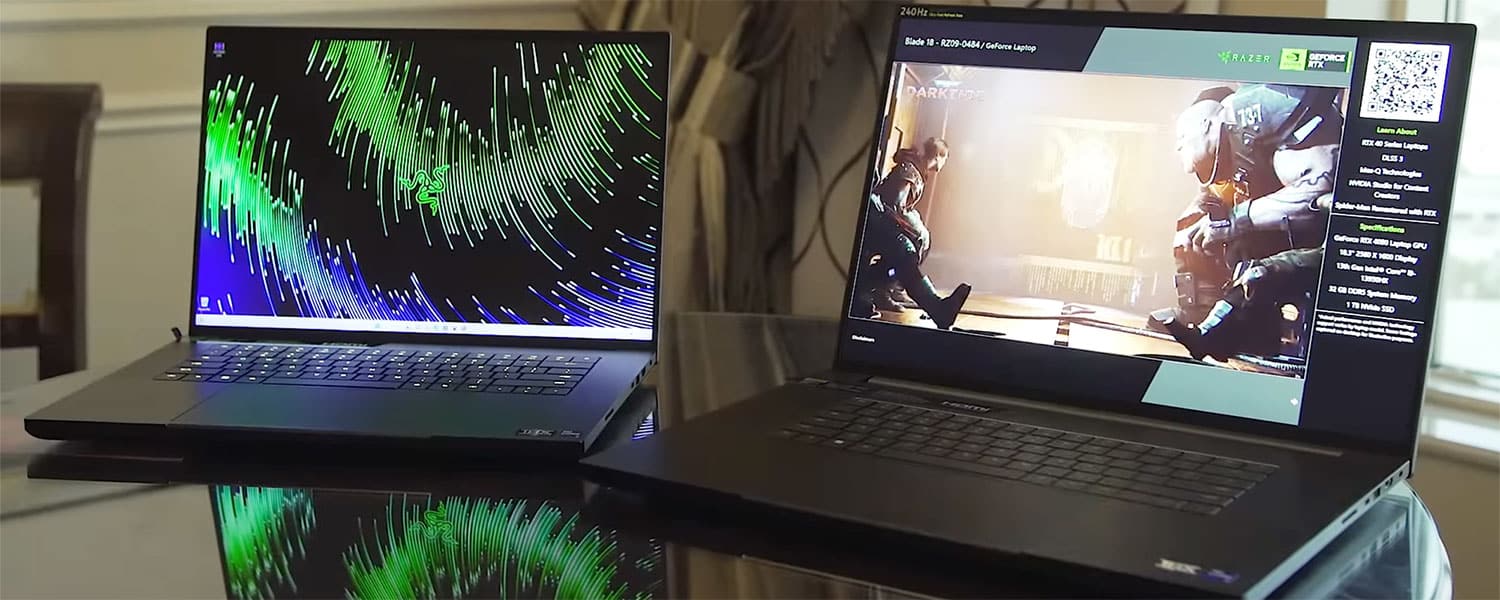
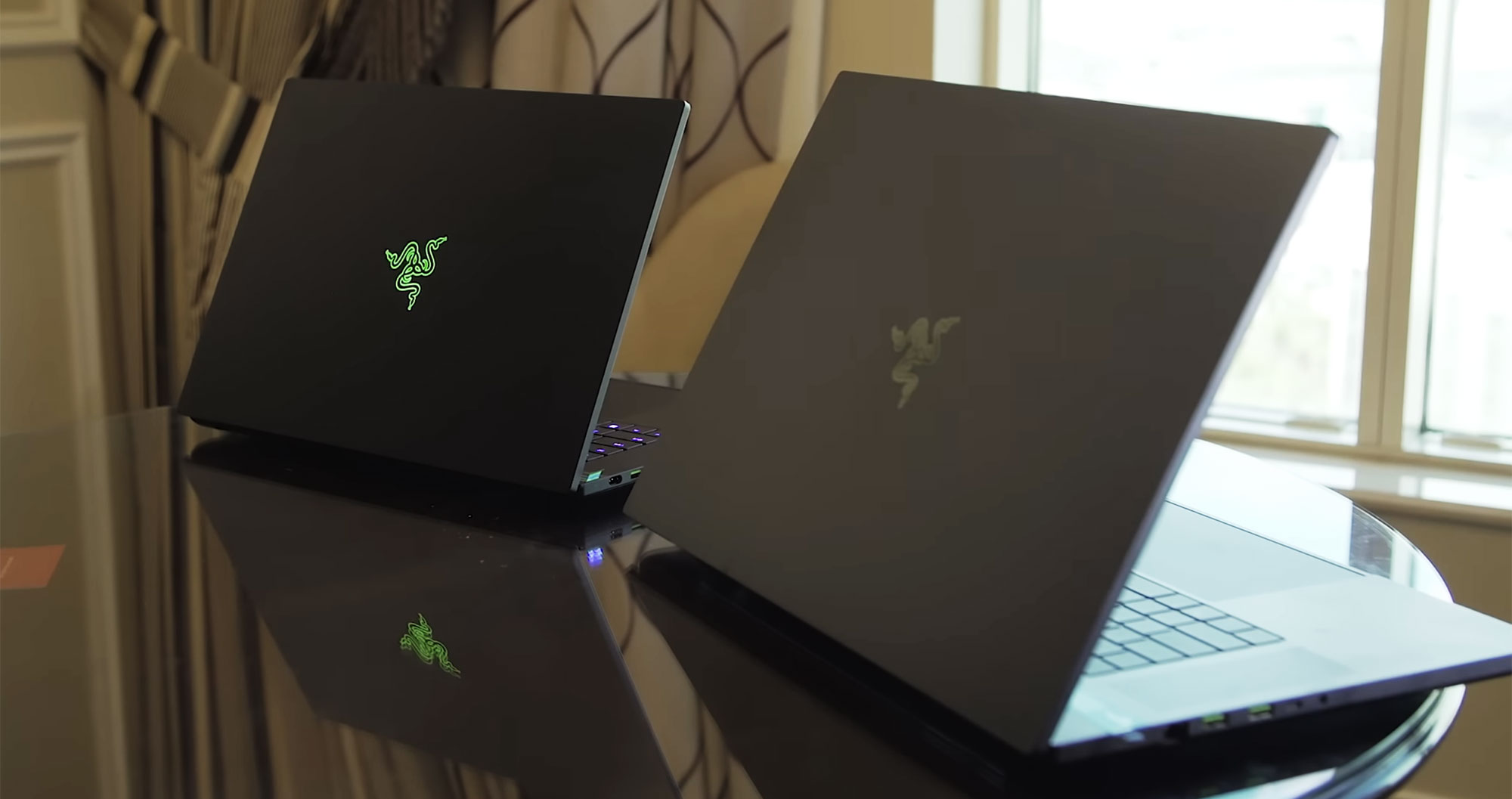
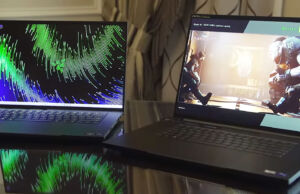
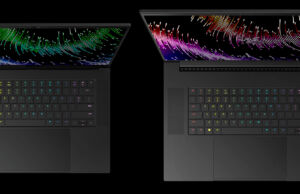
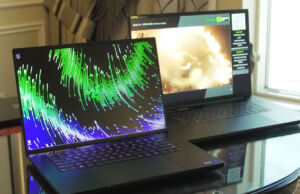
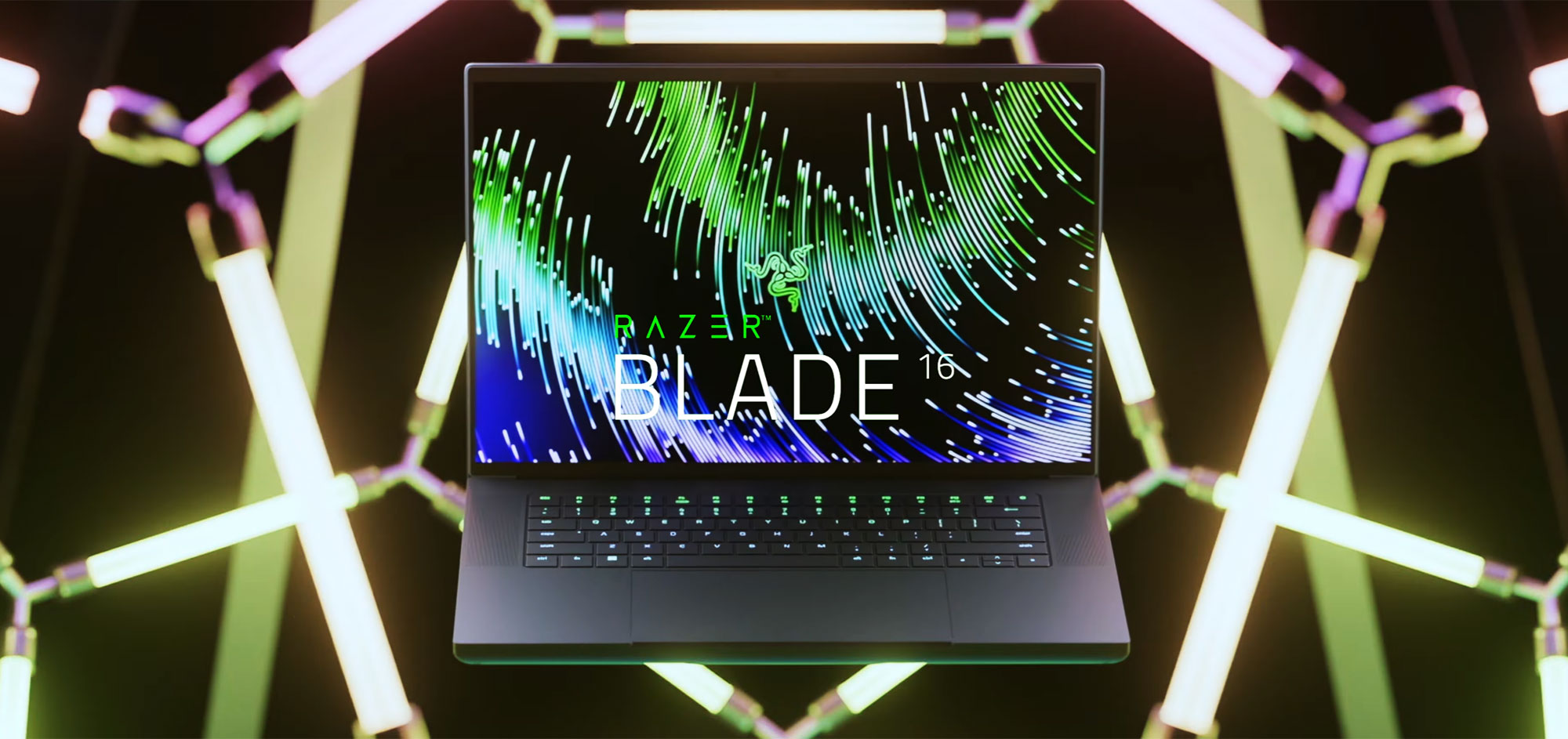
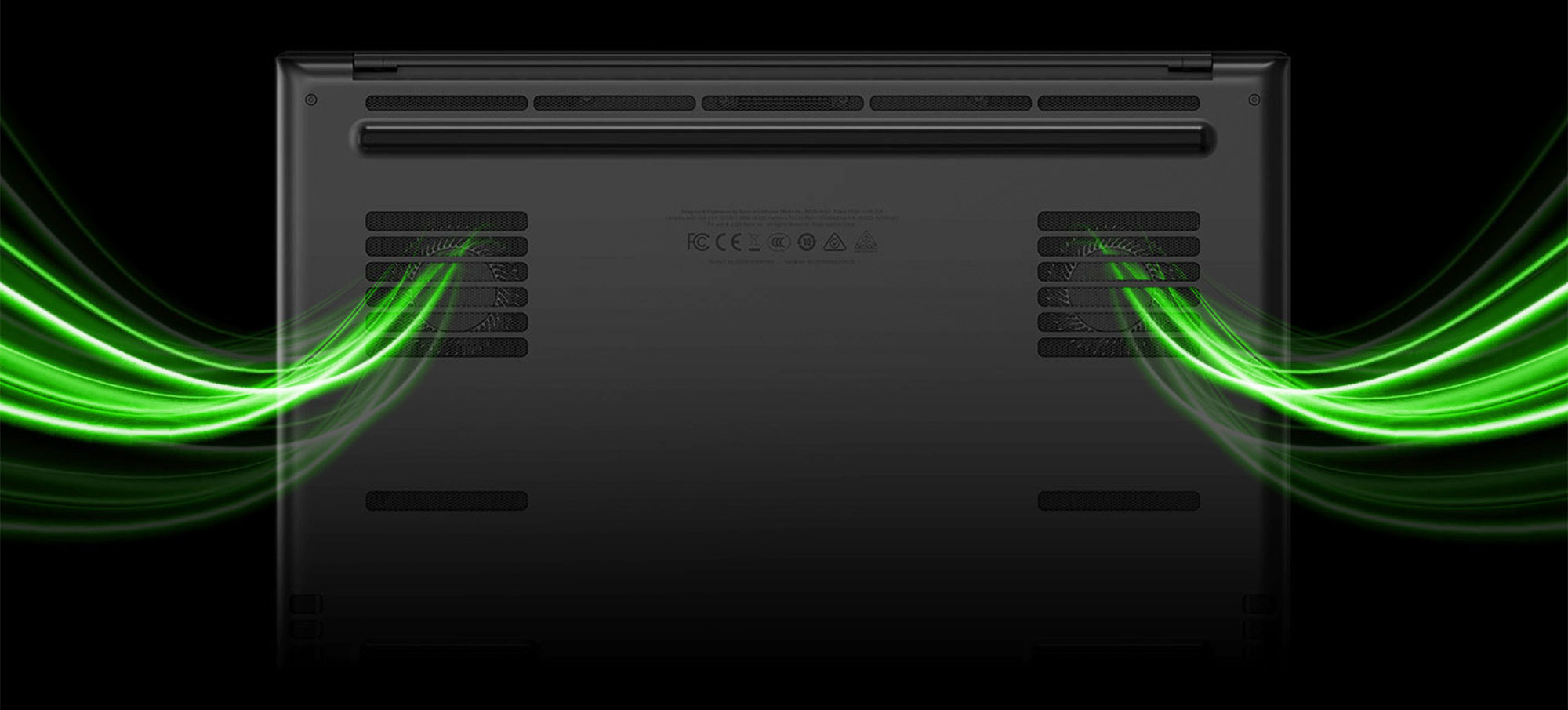

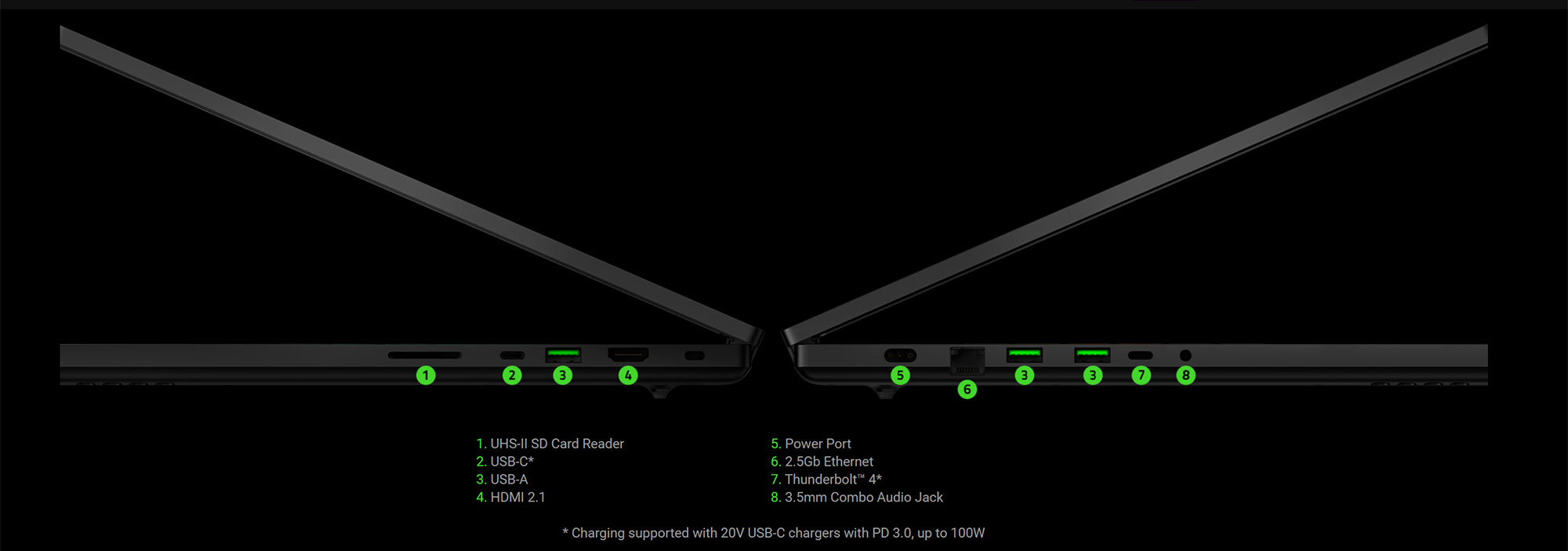
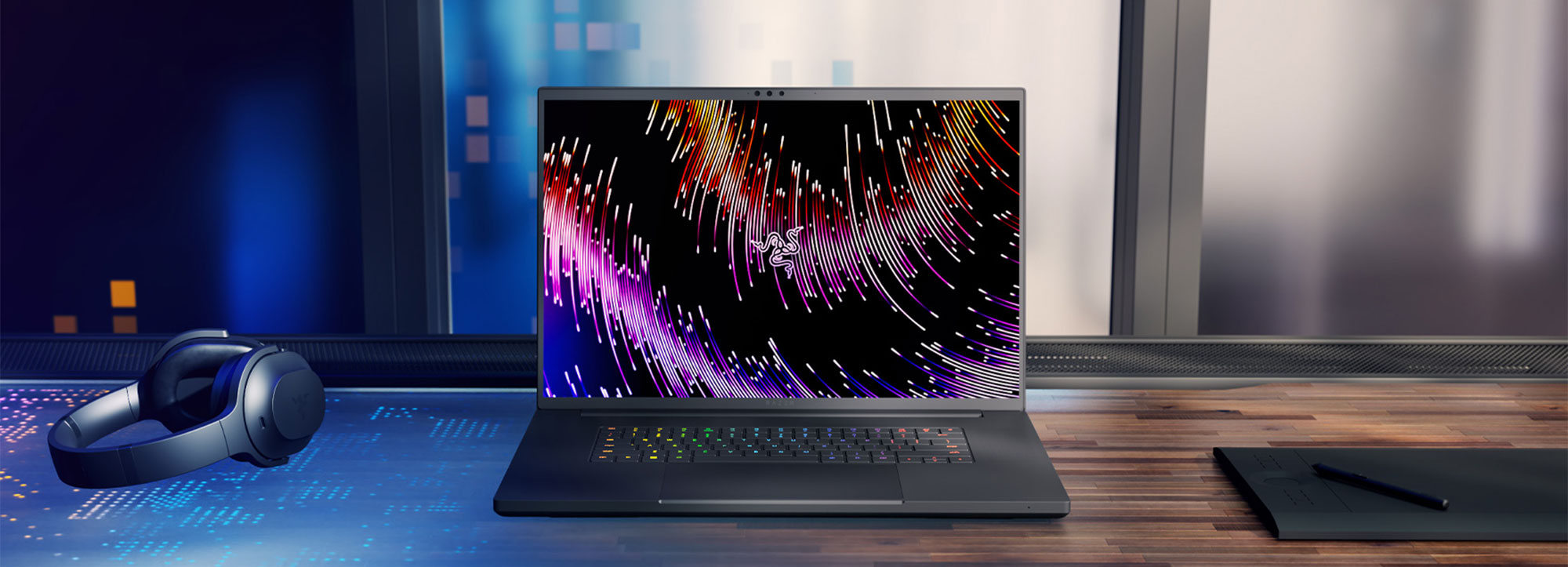
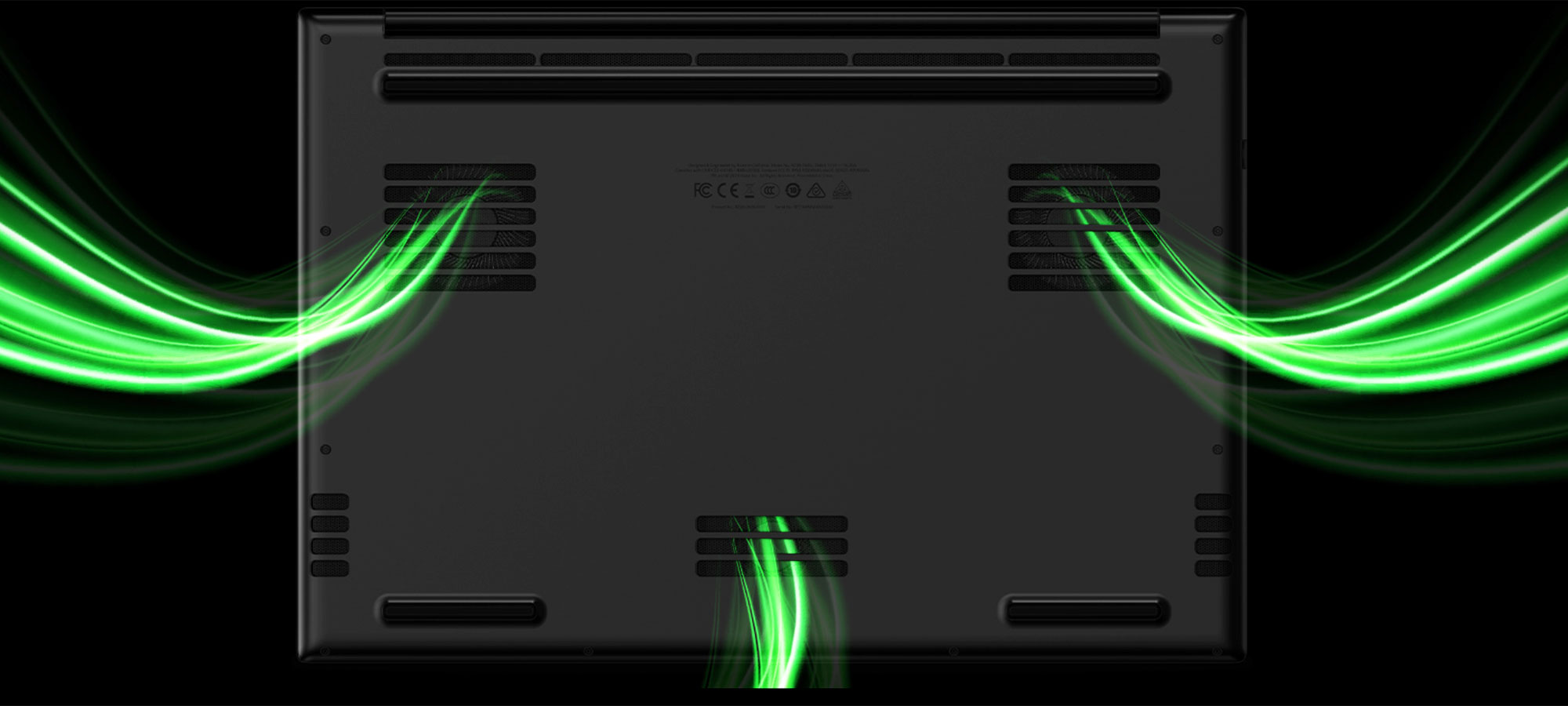
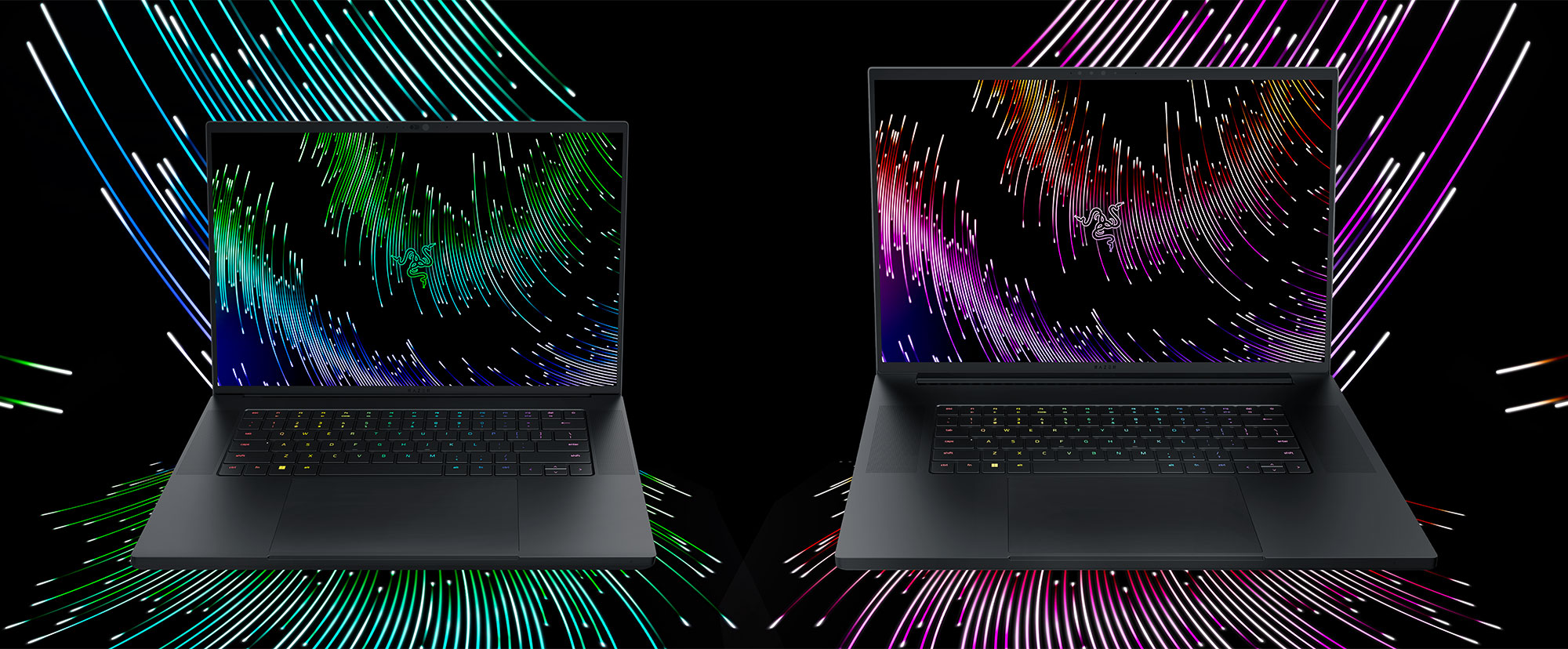


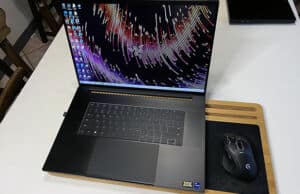
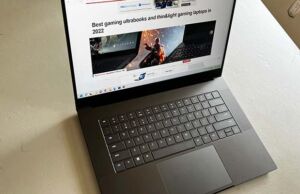


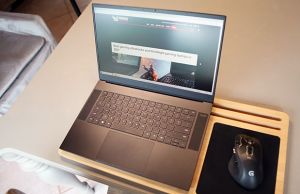




Jun
March 15, 2024 at 5:54 am
Would be nice if we had LG Gram 18 or Dell XPS 18. I want a 18-incher that's as thin and light as reasonably possible, no discrete GPU that eats power, as energy efficient as it can be with long battery life. I need a screen real estate for coding. i3 or i5 is fine, don't need that much CPU. So, in other words I need a low-power, low-CPU, no discrete graphics, definitely no gimmicky Gaming nonsense, just big battery and 18 inch screen laptop to quietly write code at the airport. Foldable 2nd or 3rd monitor would be nice.